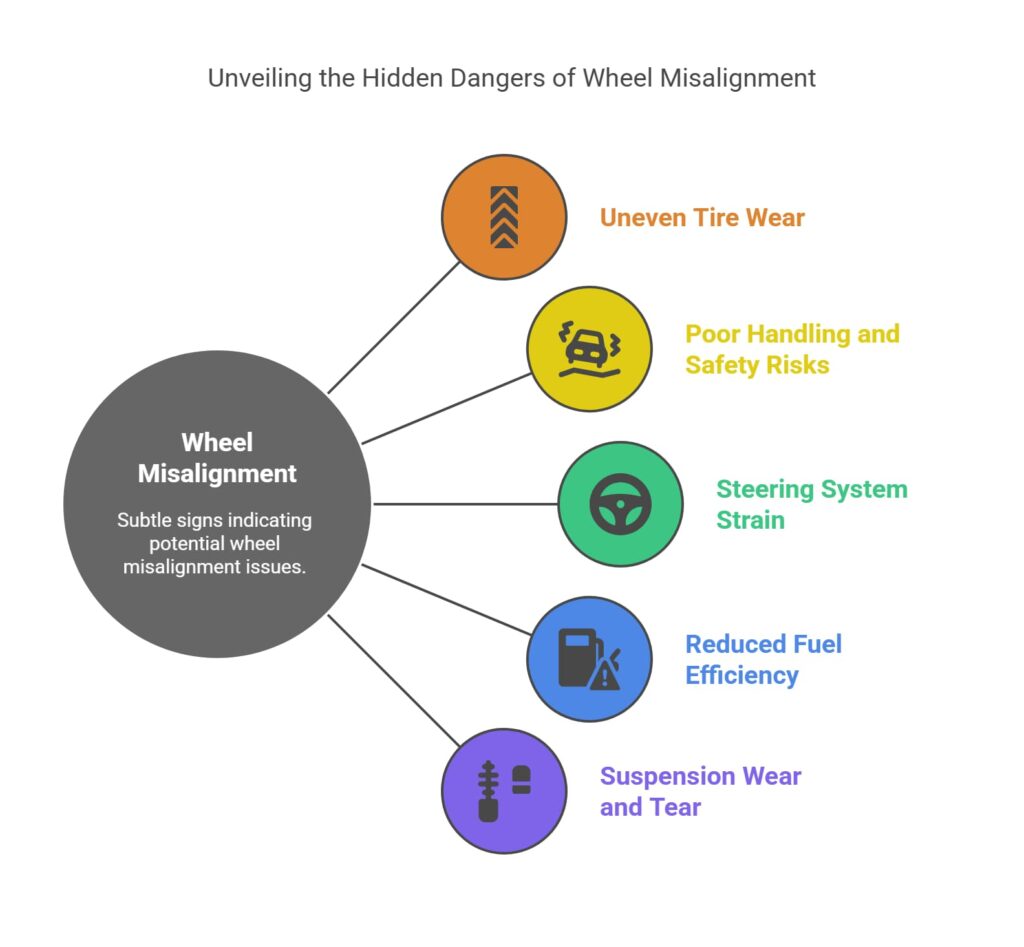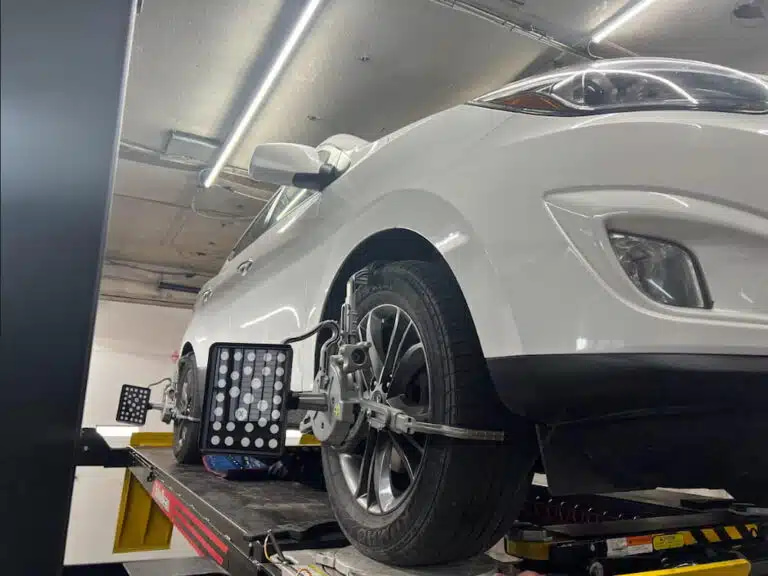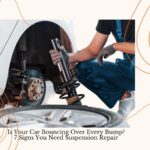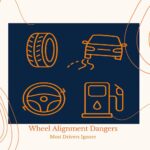It’s easy to ignore the little things — your car pulling slightly to one side, your steering wheel not quite centered, or that odd vibration when you’re driving. But those subtle signs could be symptoms of a bigger issue: wheel misalignment. And what many drivers don’t realize is just how much damage misaligned wheels can cause over time.
At first, it might not seem like a big deal. But left unchecked, it can wear out your tires, reduce your fuel efficiency, and even compromise your safety on the road. In this post, we’ll explore the most common Wheel Alignment Dangers that tend to go unnoticed — and why addressing them early can save you money and protect your vehicle.
1. Uneven Tire Wear That Sneaks Up on You
Misalignment often causes your tires to wear down unevenly — usually on the inner or outer edges. You might not notice the problem until it’s too late, and suddenly you’re buying a whole new set of tires much sooner than expected.
Why it matters: Uneven tire wear reduces traction, especially in wet conditions, making it harder to stop quickly or handle sharp turns safely.
Even with proper tire rotation, misalignment will continue to cause accelerated wear. And if your vehicle is equipped with performance tires, replacements can get especially costly.
2. Poor Handling and Safety Risks
Misaligned wheels can make your steering feel off — vague, twitchy, or like you’re constantly fighting to keep the car straight. It’s more than just annoying. Poor handling can reduce your control in critical moments, especially at high speeds or in emergency situations.
Hidden risk: The decline in handling often happens slowly, so drivers adjust unconsciously without realizing their vehicle is no longer responding the way it should.
This lack of responsiveness can be dangerous when driving in heavy traffic, on winding roads, or during sudden maneuvers. Proper alignment ensures your car goes where you want it to — when you need it most.
3. Steering System Strain
When your wheels are out of alignment, your steering system is constantly under stress. You may find yourself making more corrections to stay straight, which wears out components like tie rods, ball joints, and steering racks prematurely.
Bottom line: Fixing steering components costs a lot more than getting a routine alignment.
Steering system issues don’t just affect comfort — they affect precision. And worn steering parts can create dangerous play in the wheel, making your car feel unpredictable on the road.
4. Reduced Fuel Efficiency
Think of misaligned wheels like dragging your feet when you walk. It takes more effort. The same goes for your car — when the wheels aren’t aligned, the vehicle faces more rolling resistance, and your engine has to work harder to move it.
Result? Lower miles per gallon and more frequent stops at the gas station — all from an issue you might not even feel.
Even a small alignment issue can lead to a noticeable drop in fuel economy over time. With gas prices on the rise, maintaining alignment is a simple way to cut unnecessary fuel costs.
5. Suspension Wear and Tear
Your suspension system is designed to work with aligned wheels. When it’s off, the weight of the vehicle isn’t distributed properly. Over time, this can damage your shocks, struts, and bushings, leading to a rougher ride and expensive repairs.
Overlooked danger: Most people blame the suspension for ride issues — not realizing wheel misalignment may be the root cause.
Because suspension problems often develop slowly, many drivers don’t connect the dots until they’re facing a large repair bill. A routine alignment check can protect these vital systems and keep your ride smooth.
Don’t Let It Slide — Get It Aligned
Wheel alignment might not be the flashiest auto service, but it’s one of the smartest investments you can make for your vehicle’s longevity and your safety.
At Bill and Walter’s Garage, a trusted mechanic shop in Burnaby, British Columbia, we take wheel alignment seriously. Our team uses precision equipment to make sure your wheels — and your ride — are exactly how they should be. Whether you’ve noticed the signs or just want peace of mind, we’re here to help.
FAQs About Wheel Alignment
1. What is wheel alignment?
Wheel alignment refers to adjusting the angles of your car’s wheels so they meet the manufacturer’s specifications. This ensures optimal tire wear, handling, and overall performance.
2. How do I know if my wheels are misaligned?
Common signs include your vehicle pulling to one side, uneven tire wear, an off-center steering wheel, or vibrations while driving.
3. How often should I get a wheel alignment?
It’s generally recommended every 1–2 years or anytime you get new tires, hit a pothole or curb, or notice handling issues.
4. Can misalignment damage my car?
Yes. It can lead to premature tire wear, steering and suspension issues, poor fuel efficiency, and unsafe handling.
5. Is wheel alignment the same as tire balancing?
No. Alignment adjusts the angle of the wheels, while balancing ensures the weight of the tire and wheel is distributed evenly to prevent vibration.
6. How long does a wheel alignment take?
Typically, a standard alignment takes about 30–60 minutes, depending on the vehicle and condition of the components.
7. Is it safe to drive with bad alignment?
While not an immediate breakdown issue, driving with misaligned wheels increases the risk of tire blowouts and loss of control — especially in emergency situations.
8. What causes wheel misalignment?
The most common causes are hitting potholes, curbs, or road debris; worn suspension parts; or accidents.
9. Do all four wheels need to be aligned?
For most modern vehicles, a four-wheel alignment is recommended. Some vehicles only need a front-end alignment — it depends on the drivetrain and suspension type.






